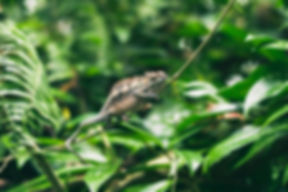

About Us
MISSION STATEMENT
We seek to engage local residents, community groups, farmers, ranchers, water districts, government agencies, land developers, and Native American Tribal Councils in collaborative efforts to protect and enhance natural habitats in the watersheds of western Placer and Sutter Counties in such a way that human uses of the landscape can continue and grow.
We seek to be good stewards of the watersheds for the benefit of all.
PRINCIPLES AND PARTNERS
The natural diversity of plants and animals in watersheds can be supported in a way that will improve property values, reduce fire danger, reduce flood risk, improve agricultural productivity, increase recreational and educational opportunities, and improve the quality of life for area residents and visitors.
We partner with the Valley Foothill Watersheds Collaborative, and other watershed organizations.
We respect private property rights, and the needs of domestic, agricultural, and recreational water users. We support deliberate and compassionate action to prevent illegal camping. We recognize the Public Trust Doctrine as a guiding principle for the role of public agencies as stewards of the watersheds in which they operate.
We apply the concepts of Reconciliation Ecology to advocate projects that take a balanced approach to protecting and enhancing the Auburn Ravine watershed.
We work with local governmental agencies and developers to increase property values in residential developments by including a mix of greenbelt lots, and park-view lots, in their designs, and where feasible, by providing public access to waterways via walking/biking trails.
Friends of Auburn Ravine Code of Conduct
We conduct our daily interactions with honesty and integrity. This applies to everything we do. We hold ourselves and each other to a high standard of ethical behavior.
Because we adhere to this code, government agencies, water districts, news organizations, educational institutions, other non-profit organizations, and the public are able to trust what we say and do. We take personal responsibility for meeting the goals we share and keeping our commitments.
We use electronic communications responsibly. Communication, in its many forms, including social media, should be professional, appropriate, and respectful. We strive to ensure that everything we communicate is not only the whole truth as we know it, but also accurately depicts reality as best we can determine.
Conflicts of interest can undermine our judgment, threaten our reputation, and expose us to risk. We avoid conflicts of interest, disclose and resolve them promptly if they arise, and strive to avoid even the appearance of such conflicts. We do not allow our decisions to be influenced by gifts, favors, or hospitality from others.
When advocating policies or actions, we try to ensure that the policy or action is fair to all concerned, will build goodwill and better friendships, and that it will be beneficial to all concerned.
When we make a mistake, we admit it and take action to prevent its recurrence.
















